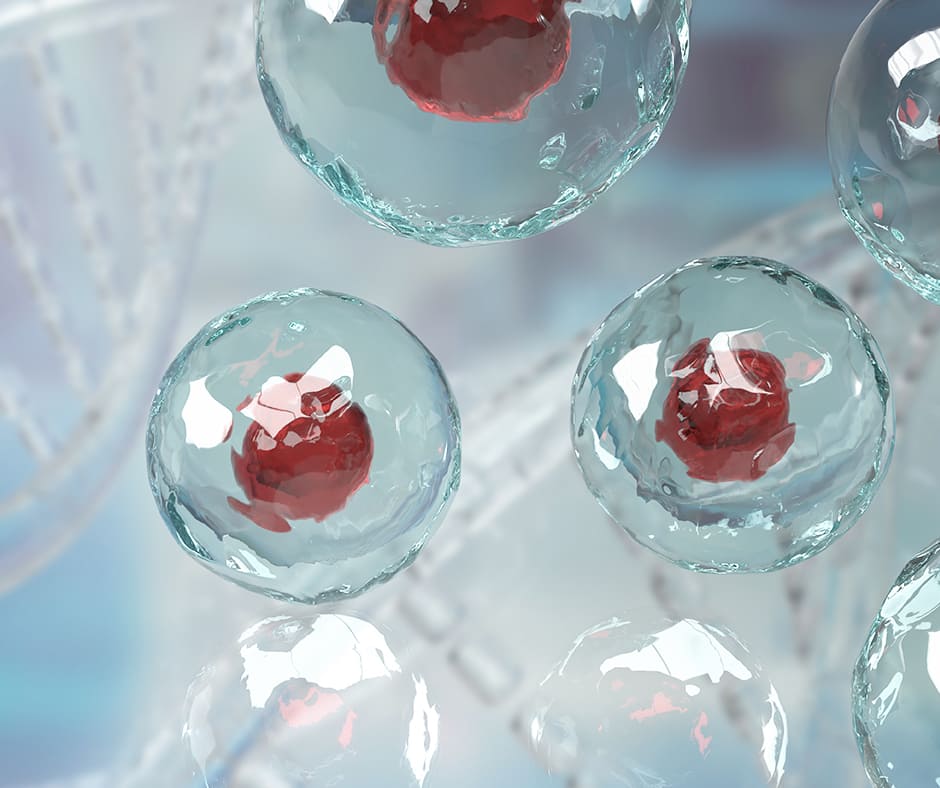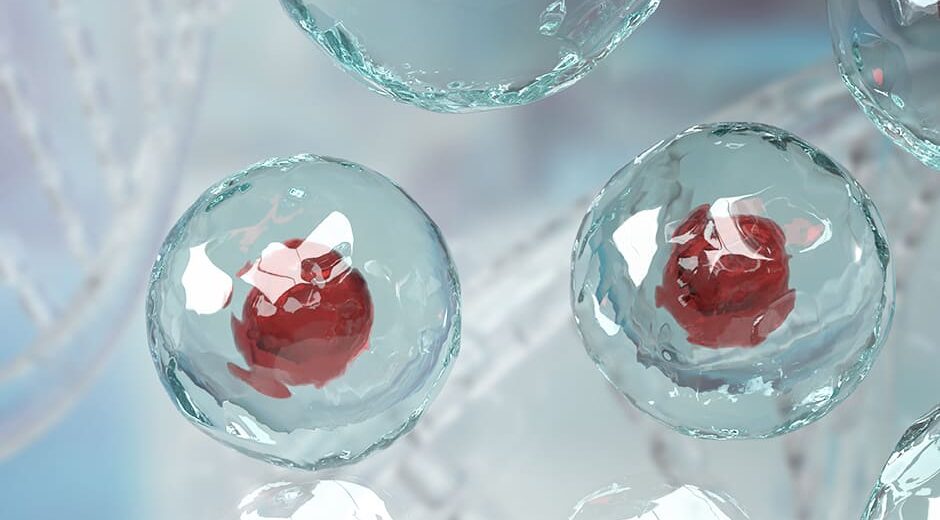
Stem Cell therapy is a cutting-edge approach to treating a wide range of diseases. But because it’s a still a relatively new treatment option, there’s a lot of misinformation about it floating around. Impressive advancements in stem cell research over the last two decades, however, have shown that many of these “myths” are unjustified. The fact is, stem cell therapy holds tremendous potential for treating serious diseases such as leukemia, Type I Diabetes, Parkinson’s disease, spinal cord injuries, arthritis, cancer, and more; it’s even beneficial for re-growing burned skin.
What Exactly Is Stem Cell Therapy?
Table of Contents
Stem Cells—which are found in all our bodies—are what the Mayo Clinic calls the “raw materials” of our cellular make-up. They’re a unique type of cells that divide and create new, “specialized” or “differentiated” cells that take on the specific functions that had been performed by damaged or diseased tissue. Although it’s a complex scientific process, the basic concept is really quite simple: Stem cells from a donor are injected into the recipient, and those cells begin to perform the function of the original cells that aren’t working any more.
Top 5 myths about stem cell therapy
Although stem cell therapy has gained popularity, there are still a lot of myths about its safety and effectiveness. Here’s a few of the most common:
Myth #1: All stem cells are harvested from embryos. When stem cell therapy first became available, many people, particularly in religious circles, were concerned about medical ethics, as the stem cells were all extracted from aborted fetuses. Today, that’s no longer the case: donor cells can be taken from other sources, such as tissue, fat, or bone marrow from adult donors–even from the patients themselves—so that embryonic tissue need not be involved. In light of this knowledge, many religious organizations, including the Roman Catholic Church, have revised their positions accordingly.
Myth #2: Stem cell therapy “cures” diseases. Although they’re considered a revolutionary form of regenerative treatment, the job of stem cell therapy is to manage, slow down, or minimize the progression of diseases. The fact is, there’s just no cure yet for many of the conditions that stem cell therapy treats, so it can’t be expected to be a miracle cure. However, it can be as effective as conventional treatments, and allows recipients to live better, longer quality lives with less pain and inconvenience.
Myth #3: Stem cell therapy is dangerous. All medical procedures carry a certain amount of risk, but stem cell therapy presents comparatively little threat. It’s one of the least invasive treatments available, there’s no risky general anesthesia involved (it’s done under mild sedation), and there’s very little risk that the body will reject the new cells, especially if the patient is the donor. Stem cell injections are done in the doctor’s office and usually take only 2-3 hours. The most common complaint following the procedure is a slight soreness at the injection site, like you’d experience after any shot.
Myth #4: Stem cell injections are unaffordable. While it’s a fact that U.S. insurance companies will not yet cover stem cell therapy, it’s also true that the out-of-pocket costs can be significantly lower in other countries. This is true in Mexico, where highly qualified medical professionals, many of whom are educated in United States’ medical schools, can perform stem cell procedures just as effectively and safely as anywhere else, and at a lower expense. Considering the rising out-of-pocket costs of other treatments, even those that are covered by insurance, stem cell therapy may not be as prohibitive as you might think.
Myth #5: Stem cell therapy is illegal. Even though regulatory agencies in the United States have been slow to endorse certain stem cell procedures, others, like Mexico’s medical health agency, the Comisión Federal para la Protección contra Riesgos Sanitarios, actually licenses qualified physicians to perform them. It’s also important to remember that stem cell procedures are performed under strict, regulated health and safety conditions which ensure that the patient is protected from complications such as secondary infections. It’s a far cry from the image of the “backdoor” contraband surgery that some of the circulating myths may conjure up.
You Owe It To Yourself
If you’re suffering from a serious or debilitating condition, you want to consider all your alternatives, right? So don’t overlook the potential benefits that stem cell science can bring to your life.
ProgenCell, located in Tijuana’s popular New City Medical Plaza, can help you explore the ways stem cell therapy can help you. We rely on adult stem cells taken from bone marrow, which we use to treat a wide spectrum of health conditions, including neurological, metabolic, and ophthalmological disorders, as well as knee injury and degeneration, reproductive problems of both women and men, and diseases of the autoimmune system. Some of our treatments include the stem cell treatment for macular degeneration, stem cell therapy for kidney disease, stem cell therapy for knees, stem cell treatment for diabetes, stem cell therapy for COPD, and more. We’re conveniently just minutes away from San Diego—and you’ll enjoy your stay in beautiful Baja California while you’re here.










